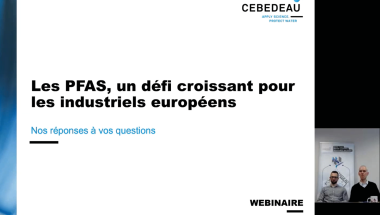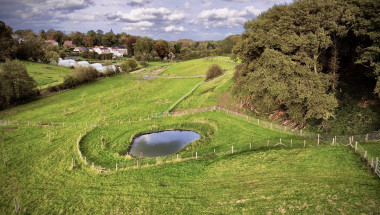PFAS : Q&A
Read the article PFAS : Q&AWant to save several hours interpreting legislative changes related to PFAS? Just take a few minutes to listen to us talk about it...


The aerobic granular biomass treatment processes that have been developed over many years are based on bioreactor sequential operation (SBR). This sequential approach prohibits a continuous feeding of the biological reactor. However, in some treatment plants the wastewater flow is uninterrupted and the flow rate cannot be predicted, which is why the vast majority of our municipal treatment plants operate in continuous flow. Unless the plant has a huge buffer capacity, this sequential granular process is not very suitable for municipal wastewater.
BeFLOW® , conducted in partnership with the company John Cockerill, is the second concrete result of the research carried out at CEBEDEAU on granular sludge. The research challenge was to develop granular sludge for activated sludge plants operating in continuous mode, with more diluted urban water. This did not exist at the time: the only granular revamping applications consisted in converting conventional plants into sequential plants.
This took several years of development at CEBEDEAU on labscale and pilot plants up to 500 L before being scaled up in real conditions on platforms of several tens of cubic metres.
John Cockerill now offers a process that is particularly suitable for medium to large capacity municipal wastewater treatment plants (> 10,000 p.e.). It is aimed at new installations and at increasing the treatment capacity of existing activated sludge plants. In this case, they propose to convert the existing plant to a BeFlow process, at a lower cost. The capacity increase of existing plants ranges from +40 to +60%, depending on the partitioning constraints and the existing hydraulic line.
Want to save several hours interpreting legislative changes related to PFAS? Just take a few minutes to listen to us talk about it...

How can agriculture and land-use planning become allies in the face of hydrogeological events?
